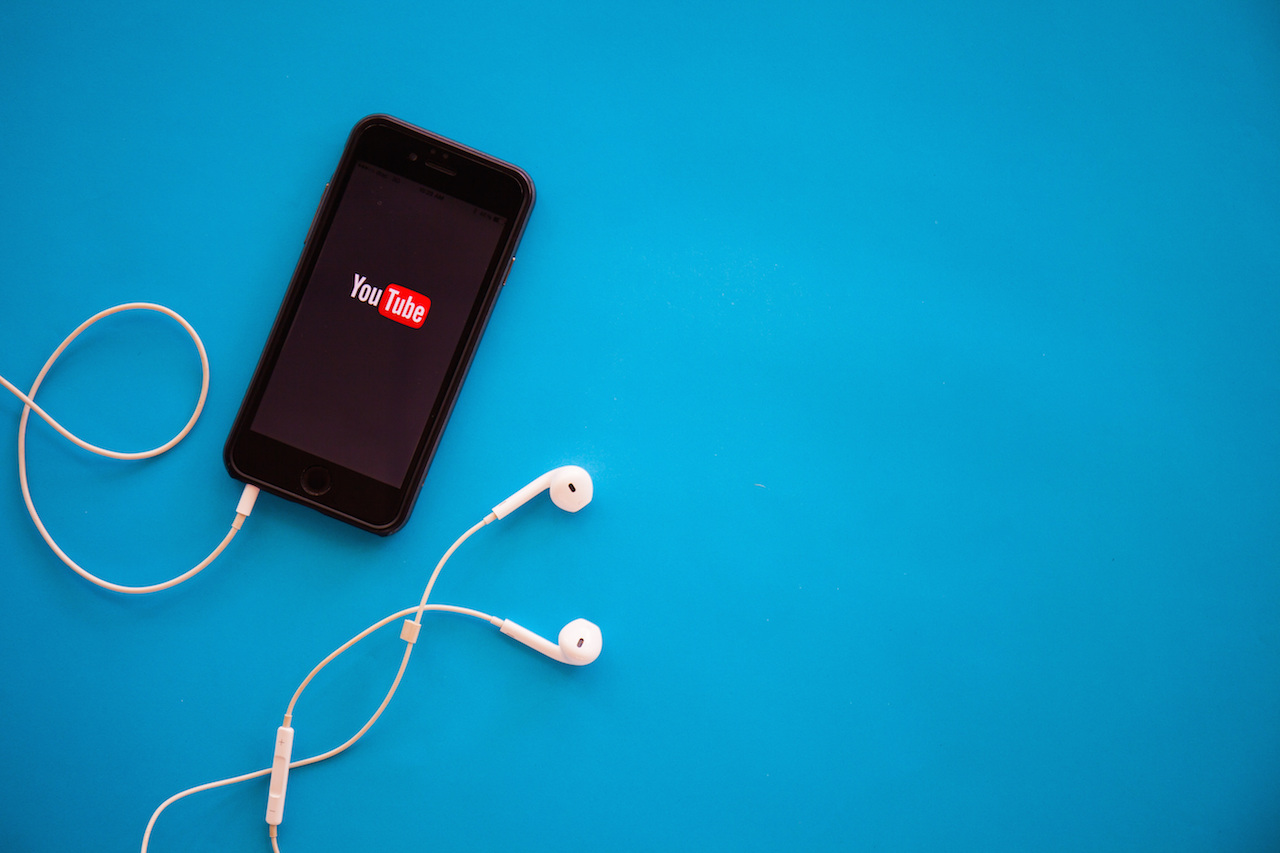Last week, one of the biggest podcast hosting companies, Libsyn, launched a feature that lets its customers automatically publish podcasts to YouTube. The new feature converts audio files to video files and sends them to YouTube with cover art at the same time the publisher sends the podcast to services such as iTunes, SoundCloud, and GooglePlay. “Libsyn hosts more than 28,000 podcasts, and this new feature means that any show hosting on Libsyn could now start easily posting new episodes on YouTube,” Rob Walch, Libsyn VP of Podcaster Relations, wrote via email.
Getting on YouTube will be faster
Some podcasters are, of course, already publishing on YouTube. For example, some shows (such as Podcaster’s Roundtable) record first as live Google Hangouts On-Air and later release the resulting audio podcast, and other podcasters currently go through the extra work of manually turning their audio podcasts into YouTube videos. Fiction writer and podcasting pioneer Scott Sigler releases his book chapters as both audio podcasts and as YouTube videos with a short video introduction followed by rotating static images while the audio plays, for example.
The new feature will save time for podcasters already using YouTube. “I do plan to use the YouTube posting feature,” Heather Ordover of the CraftLit classic literature podcast wrote via email. Ordover polled her Patreon supporters, found that 30 percent were interested in receiving her content on YouTube, and has been posting on YouTube ever since.
This new method changes the cost-benefit analysis
The “YouTube On Publish” feature will also be compelling for Libsyn podcasters who have been interested in distributing on YouTube but who felt the cost-benefit analysis didn’t make sense. At Quick and Dirty Tips, we’ve experimented with posting podcasts to YouTube over the years, but we found the old process too cumbersome to do it regularly. We now plan to post all our weekly shows using the new Libsyn process.
“We received many requests from producers about getting their audio files up on YouTube,” said Walch; and anecdotally, podcasters are eager to give it a try. “This is my next project! I stopped releasing on YouTube because the numbers just weren’t worth the effort. Our podcasts are normally 60 minutes. It would take me hours to render it with video!” Melinda Pontruff, owner of Loudly Spoken Entertainment, a fandom podcast network, wrote in a private message.
YouTube is huge and powerful
The most obvious reason podcasters want to be on YouTube is its massive size. “There are a billion reasons to put your audio on YouTube. That is the number of monthly users of YouTube,” Walch said.
“YouTube has a few features that make it a great discovery platform: good search, easy social sharing and good recommendation. Those alone make it, in many ways, superior to a lot of the default podcast listening platforms (though we’re working to address all three with Stitcher), so it makes sense for podcasters to try and take advantage of its capabilities,” Erik Diehn, VP of Business Development at Midroll Media, a podcast ad broker that also controls the Stitcher podcasting platform and the Earwolf podcast network, wrote via email.
YouTube is mobile-friendly
Sigler also points to the rise in mobile traffic as a reason he uses YouTube.
“We’ve revamped our website to cater to mobile, and trying to figure out how people can get stuff on their phone is the biggest thing for us,” he said, noting that fans can watch embedded YouTube videos with one click on from platforms such as Tumblr, Pinterest, and Twitter. As Amazon knows, “one-click” is good. Sigler says he is likely to separately continue posting videos directly to Facebook, however, given Facebook’s tendency to suppress reach on posts from competing video sites.
On the flip side, Ordover believes most of her YouTube listeners are listening on their desktop. “My podcast started in 2006 as a way for busy people to listen to classic literature. (It’s hard to hold a book if you’re knitting or sewing or pottery-ing, etc.). Many listeners work at home and/or in a work- or craft-room location where they’re either alone or with someone else who likes to listen. They are the listeners who pull the podcast up on their browser because their work/design computer is already running and (usually) connected to speakers,” she said.
YouTube gives partners copyright protection
Diehn also notes that if podcasters are YouTube partners, YouTube adds your content to its database of copyrighted material and automatically notifies you if someone has illegally posted your content.“YouTube will scan for uploads of matching material and give you options for how to treat it: let it remain and monetize passively, take it down, etc.” Diehn said. He says that content from many large podcasts is already being put on YouTube by other parties who may be benefiting without the podcasters’ knowledge. “Why not take control of how your content is treated in that environment?” he said.
All these reasons create a compelling lure to put podcast audio on YouTube. If early adopters have a good experience, it’s a good bet that you’ll see a lot more podcasts on YouTube. As Ordover says, “I’ll go where my people need me to be, and Libsyn is definitely making it easier.”
Mignon Fogarty is the Donald W. Reynolds Chair in Media Entrepreneurship in the Reynolds School of Journalism at the University of Nevada, Reno. She is also the founder of Quick and Dirty Tips, one of the oldest and largest podcasting networks, and is best known online for her work as the New York Times bestselling author Grammar Girl. She loves basil and the word “kerfuffle.” Follow her on Twitter.



